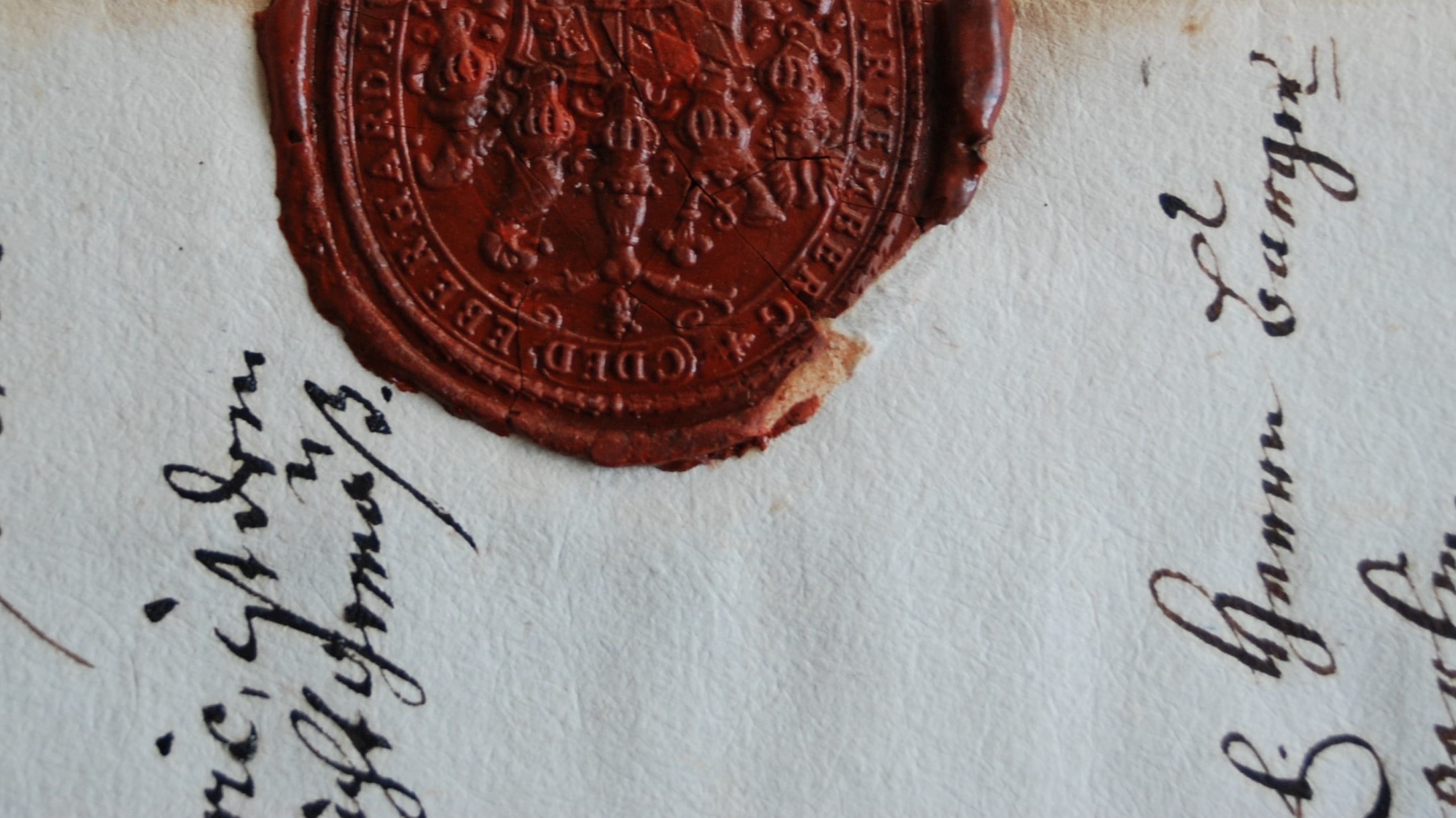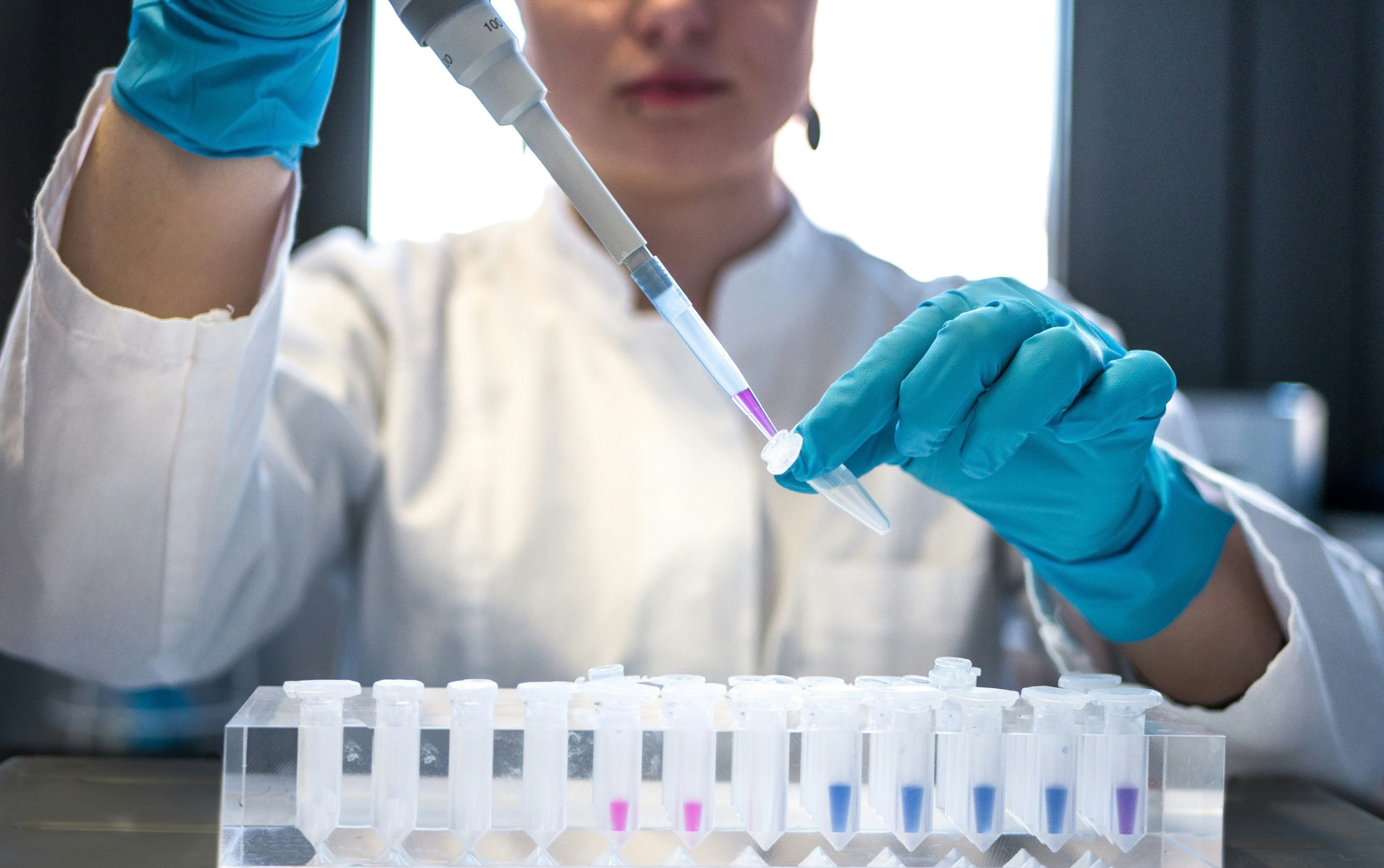
Death certificates breathe life into setting public health priorities
But are they accurate?

GUEST BLOG AUTHOR: Payton Stredler, University of Virginia, BA 2022, MPP 2023 (Summer 2021 U.S. PIRG Health Care Campaigns Intern)
We probably all have memories of digging through attic boxes and discovering brittle pieces of paper, chronicling the existence of long-gone family members. Snippets of their stories are embedded in official records— where they were born, how they died. But have we ever thought about how important these forms are, not just to our own family histories but to the way we measure and address public health?
The quality of data in death certificates is crucial to the public health experts who rely on them to identify leading causes of death and allocate public health resources. On an individual level, death certificates allow people to chronicle their family health histories and share key information with their doctors.
Information from death certificates is used for official national statistics to identify public health challenges and help determine federal and state funding and research priorities. One recent example of how death certificates can shape health and policy priorities is in the area of maternal health. Maternal mortality was historically under-documented on death certificates. To better measure the extent of the problem in the U.S., death certificates were changed in 2003 to include a standardized checkbox to ensure uniform and accurate counting of deaths of women who died while pregnant or within one year of the end of pregnancy. More accurate numbers led to greater attention to maternal health concerns, igniting policy changes such as expanding Medicaid coverage for women who have recently given birth from just a few months to a full year.
Though it is a felony in at least one state to “willfully and knowingly” provide false information on a death certificate, studies have shown that up to 50 percent of death certificates could be inaccurate. How is this possible, and what can be done to improve the information captured?
Most death certificates comply with the CDC standard form of four lines to capture vital information. The chain-of-event format requires the immediate cause of death and also allows for three “underlying causes” that led to death. For example, if someone dies while infected with COVID-19, the virus itself is unlikely to be the immediate cause of death. COVID-19 could bring on pneumonia which could lead to acute respiratory failure. In this case “acute respiratory failure” should be listed as the immediate cause of death. Underlying causes could include COVID-19, pneumonia, or other health factors, such as medical errors, healthcare-acquired infections, or specific complications.
Getting the full story behind a death is vital to understanding and evaluating root causes. In the case of COVID-19 deaths, capturing the health conditions that arise before death allows professionals to better treat future patients. In doing so, it is vital that the person filling out the certificate has a clear understanding of the patient and the treatment provided. States set different standards for who can sign a death certificate. It is usually a licensed medical professional, such as the primary physician or a nurse practitioner. Yet, some states allow signatures by individuals who have never interacted with the patient’s history and might not even be a medical professional. In Texas, justices of the peace, who are not obligated to have any medical training, can sign a death certificate. Individuals without medical training and little knowledge of the patient’s case are more likely to leave out important information and create inaccurate death records.
Former nurse and patient safety advocate Lori Nerbonne of New England Patient Voices explained that the job of filling out death certificates is not always prioritized by seasoned medical professionals. That responsibility is sometimes relegated to others who might be less familiar with the case. With a broad range of individuals who are allowed to complete this document, mistakes are more likely to occur.
Autopsies are a crucial way to ensure an accurate death record. One 2012 study revealed that about half of all deaths in hospitals in the U.S. in the 1970s were followed by autopsies. Today, that number is currently closer to 5 percent. Between the high cost of autopsies (up to $2,500) and the emotional burden they can place on grieving families, that rate is unlikely to increase.
Because death certificates help determine how our limited public health dollars are spent, we need to work harder to make them more accurate. Physicians need better training as to the importance of death certificates and health facilities should establish greater accountability in compliance to ensure that the death certificates are completed correctly. Only licensed healthcare professionals who have direct knowledge of the case should be able to complete the death certificate. These records not only establish family health histories, but they determine which causes of death will receive the time, energy, and resources to improve public health.
Photo Credit: david-nitschke – pegxjW_1YOU from Unsplash
Topics
Authors
Patricia Kelmar
Senior Director, Health Care Campaigns, U.S. PIRG Education Fund
Patricia directs the health care campaign work for U.S. PIRG and provides support to our state offices for state-based health initiatives. Her prior roles include senior policy advisor at NJ Health Care Quality Institute, associate state director at AARP New Jersey and consumer advocate at NJPIRG. She was appointed to the Ground Ambulance and Patient Billing Advisory Committee in 2022 and works with patient advocates across the U.S. Patricia enjoys walking along the Potomac River and sharing her love of books with friends and family around the world.
Find Out More

Medical bill fees and strange add-on charges

Why hasn’t the government protected our rights in the medicine we helped to fund?

The FTC is cracking down on big healthcare companies
